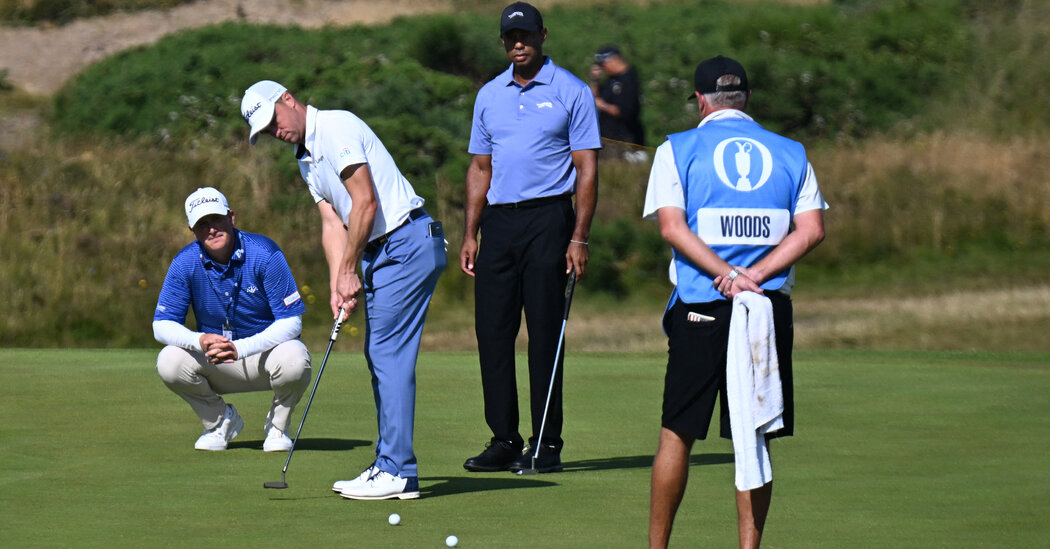
The British Open at Royal Troon in Scotland this week might help answer a question vexing professional golf. Is the antidote to golfers hitting increasingly long drives creating holes that are even longer? Or is it the opposite: incredible shortness?
Troon, which is hosting its 10th Open this week, is famous for the Postage Stamp, the name given to its par-3 eighth hole, which is 123 yards on the card but may play under 100 yards this week if the tees are moved up and the pin is put in the front of the green. A tiny green surrounded by five bunkers, the hole has been a feature of the course since 1909.
It’s also a hole length that any golfer can hit. But under pressure, with the wind blowing and a tricky pin position, it’s a length that tests the skill of the most elite golfers.
This year, Troon will also have its opposite. It will have the longest hole in Open history, the par-5 sixth hole that will measure 623 yards. It beats by three yards the 15th hole at Royal Liverpool in last year’s Open.
In some ways, lengthening holes for top pros is akin to billionaires competing to have the longest yacht: It doesn’t really matter at the end of the day. Pros hit the ball so far that length alone doesn’t deter them.
What does is the strategy inherent in the design of the hole. This is where these two opposites at Troon open up a robust debate among top architects as to which matters more today: extreme length or extreme shortness?
“Short holes just fascinate me,” said Ben Crenshaw, a two-time major champion turned golf course architect with his partner Bill Coore. “Some of the great short holes in the world provide a test of accuracy and bravery in a way that a lot of other holes don’t. The Postage Stamp at Troon has been the scene of a lot of carnage and bravery.”
“The long holes are always a test over there because of the conditions,” Crenshaw added. “You only hope that you don’t reach a long hole that’s into the wind. Then it becomes a very difficult proposition. It’s a test that you will see over there.”
There was a time not so long ago when some par-5s were considered unreachable in two shots. (Hitting a par-5 in two, instead of three, is an advantage for players looking to make up ground on the rest of the field, with a birdie or maybe an eagle.)
In 1991, John Daly captivated the golfing world with how far he hit the ball in winning the P.G.A. Championship as a rookie. Two years later, when the U.S. Open was played at Baltusrol Golf Club’s Lower Course, Daly electrified the crowd when he reached the 630-yard 17th in two shots, then the only person to have done that in a tournament.
Some clubs have gone to extreme lengths to protect their holes. The 12th hole at Oakmont Country Club is one. Oakmont, which has hosted nine United States Opens and three P.G.A. Championships, is considered among the toughest golf courses in the United States. And the par-5 12th, always over 600 yards, was considered unreachable in two shots — until it wasn’t. So the last time the club hosted the U.S. Open in 2016, that hole was stretched to 684 yards, making it the longest U.S. Open hole ever.
Not everyone is a fan of that strategy.
“It’s almost impossible now to build a hole that’s unreachable in two, short of making it 700 yards, and I wouldn’t want to do that anyway,” said Tom Doak, who designed the Renaissance Club where the Scottish Open was played last week. “It’s better when the long hitter thinks he can get there, so he will risk getting in trouble to do it.”
Michael Hurdzan, a designer of Erin Hills, the longest course to ever host a U.S. Open at 7,845 yards, said being uncertain or uncomfortable is a better way to challenge elite players.
“If one were silly enough to play the maximum yardage on every hole, Erin Hills would total over 8,500 yards,” he said. “Legend has it that Patrick Reed did that on a practice day and shot 73. Length is not a strong deterrent to scoring among the elite players of today, but making them think is, and that is what a short hole can do.”
The ninth at Erin Hills is just 135 yards with bunkers surrounding it; it made many players at the 2017 U.S. Open unsure.
“The thing about Troon that I love is the capriciousness of the fairways,” Hurdzan said. “That ball can land and scoot one way or the other. They’re trying to hit it hard but now they have to hit it hard and true.”
While holes that are too long can open up a player to shooting many shots over par, they can also have the opposite effect in: removing the temptation to make a heroic shot.
So what needs to be done to keep these championship courses challenging?
Doak had several suggestions. One was a tee-shot hazard so challenging — say a deep, high-walled bunker — that it almost certainly costs players a stroke. Another is to penalize pros with a shot even they don’t like.
“My preference is to have the green bunkered more loosely on a par-5, so the player trying to hit driver off the deck might leave himself a 40-yard bunker shot,” he said. “Even pros hate those. That same bunker shouldn’t bother the guy playing three careful shots.”
A common feature is to put water near the green to claim any errant shots, but Hurdzan criticized that idea as uncreative.
“You want to reduce the margin of error as much as you can at the green, and you can do it with slopes,” he said. “We saw it at Pinehurst for the U.S. Open with all those roll offs. We’re going to see some of that at Troon because those greens have a lot of roll off. You want to design the Saturday and Sunday pin placements with small margins for error.”
Crenshaw, who restored Pinehurst No. 2 in 2011, said those sloping greens were what Donald Ross, the original designer who came from the links of Dornoch in Scotland, intended for championship golf even 100 years ago.
“Those greens defend it so well in so many different ways,” Crenshaw said. “An honest shot has to pull into that green with the proper strength. There are so many [curved] false fronts, if you don’t get the ball up into the green it will roll back on you. You have to play a conservative shot and not go for as many flagsticks. And when you do miss the greens, you’re faced with many delicate shots.”
This is where Crenshaw, a two-time winner of the Masters Tournament, said short befuddled great players more than long.
“Think of the 12th hole at Augusta.,” he said. “That will test you no matter what. It’s the shortest hole on that golf course. And it gets all the attention.”
Of course, at a championship venue like Troon, sometimes both short and long, can be problematic.
In 1982, Bobby Clampett playing in his first Open Championship at age 22 led by five after two rounds. He was off to a solid start with a few more birdies in the third round.
Then at the sixth, the longest hole back then at 577 yards, he carded a triple-bogey 8 that sent him reeling.
In 1997, Tiger Woods, who had turned professional the year before, was in contention at Troon until he took a 6 on the par-3 Postage Stamp hole. “That eighth hole at Troon tests you in all conditions,” Crenshaw said, “because the target is so small.”
And that may make it the better defense to today’s length debate.
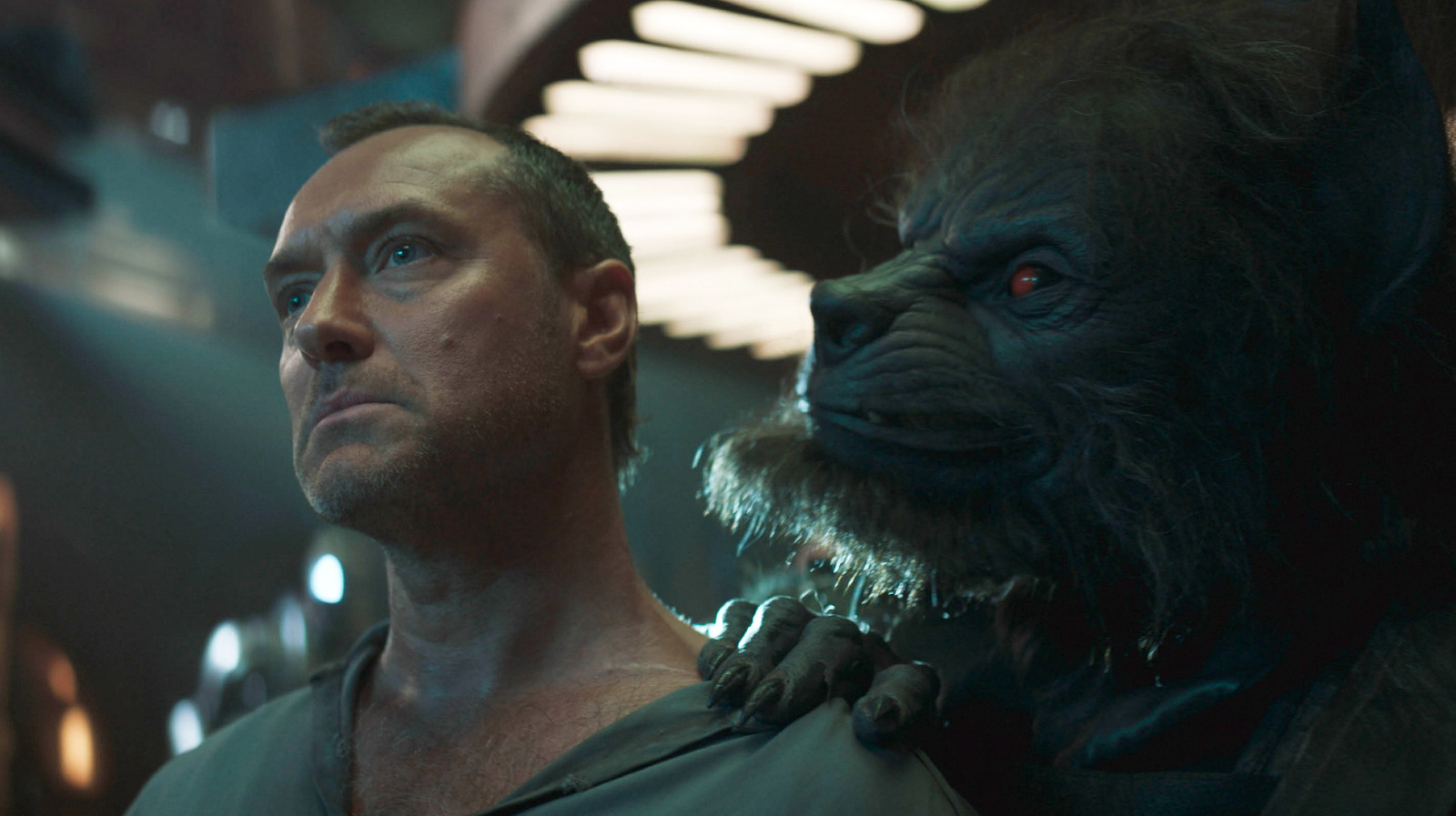
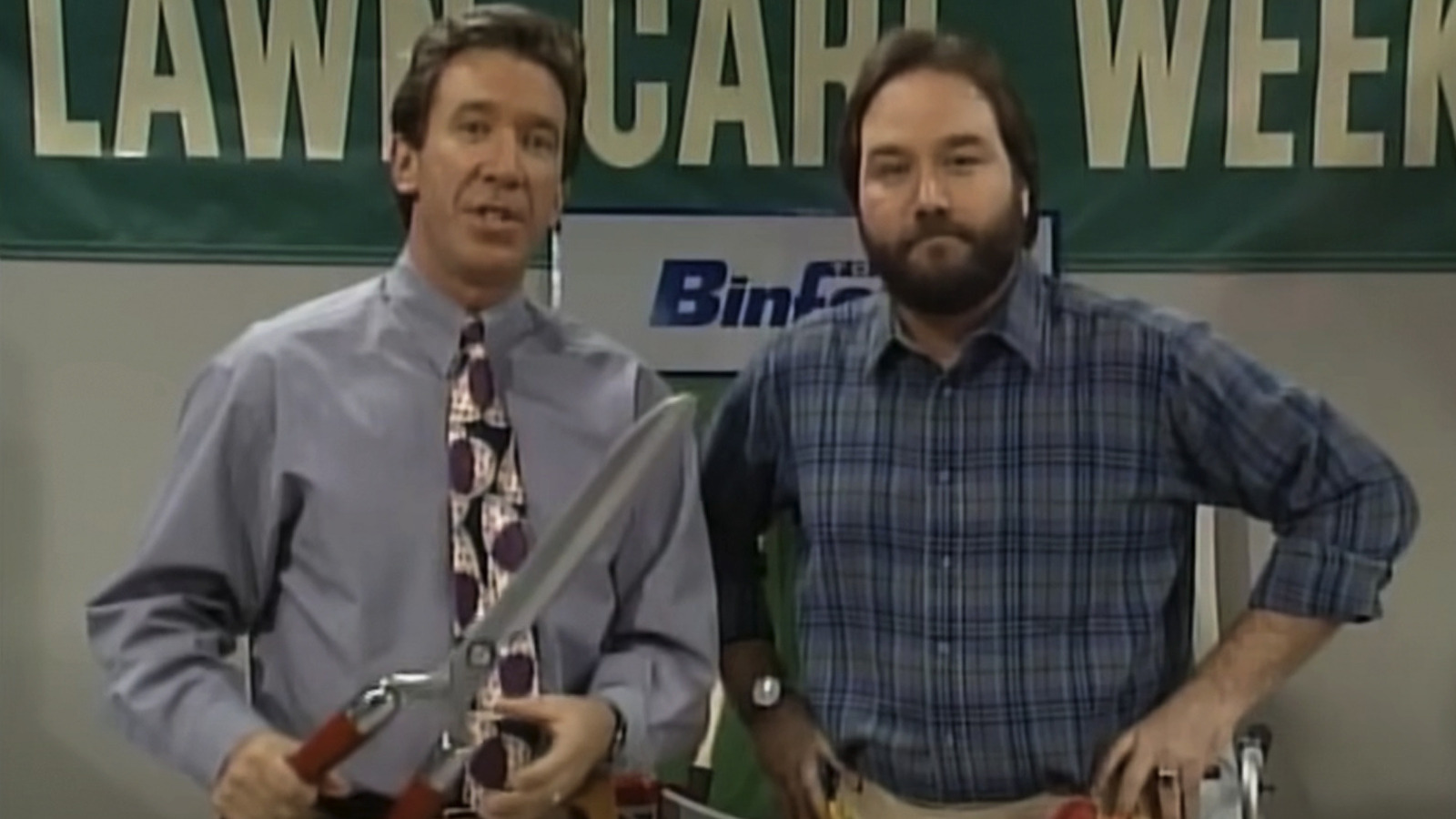
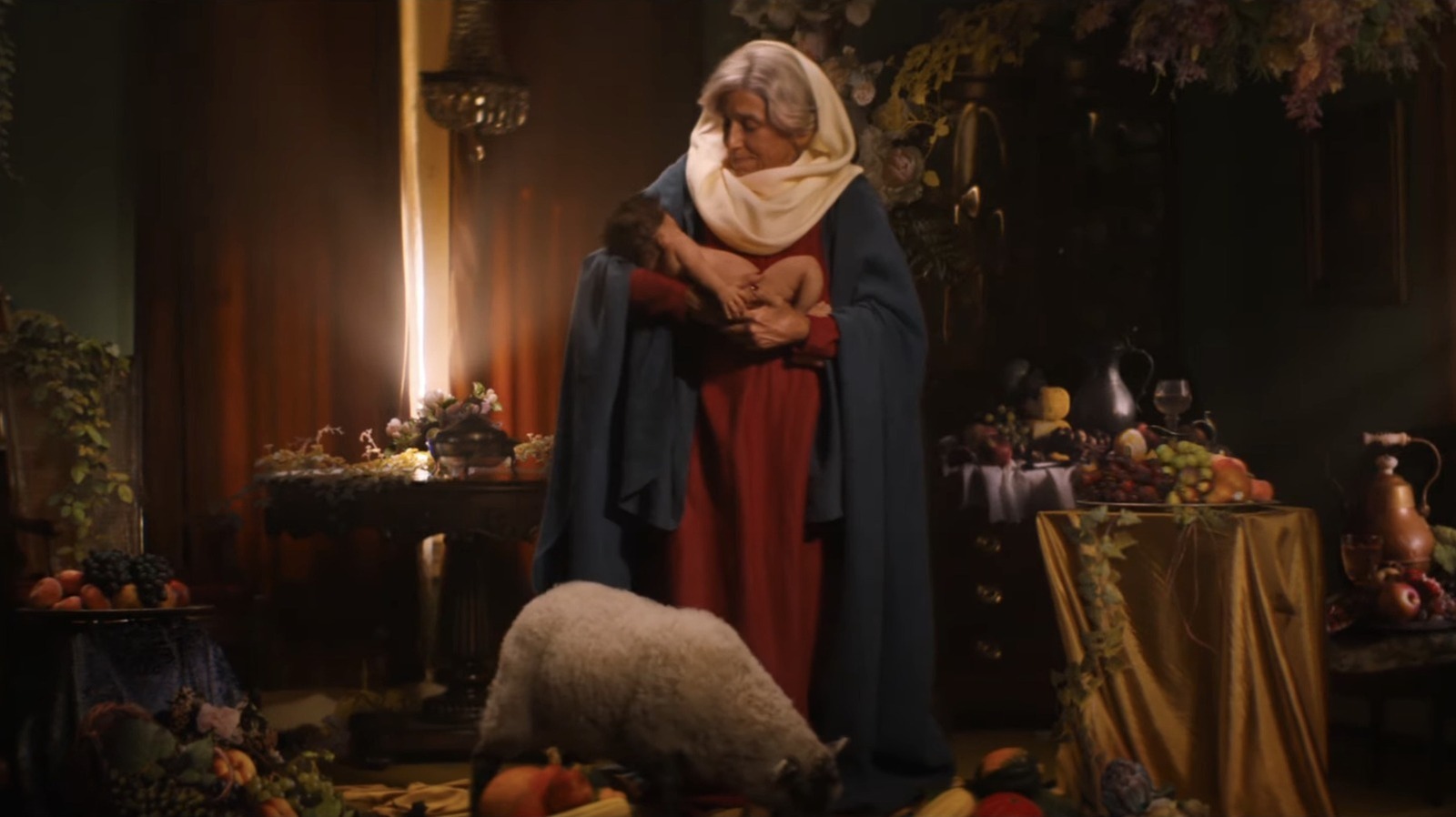
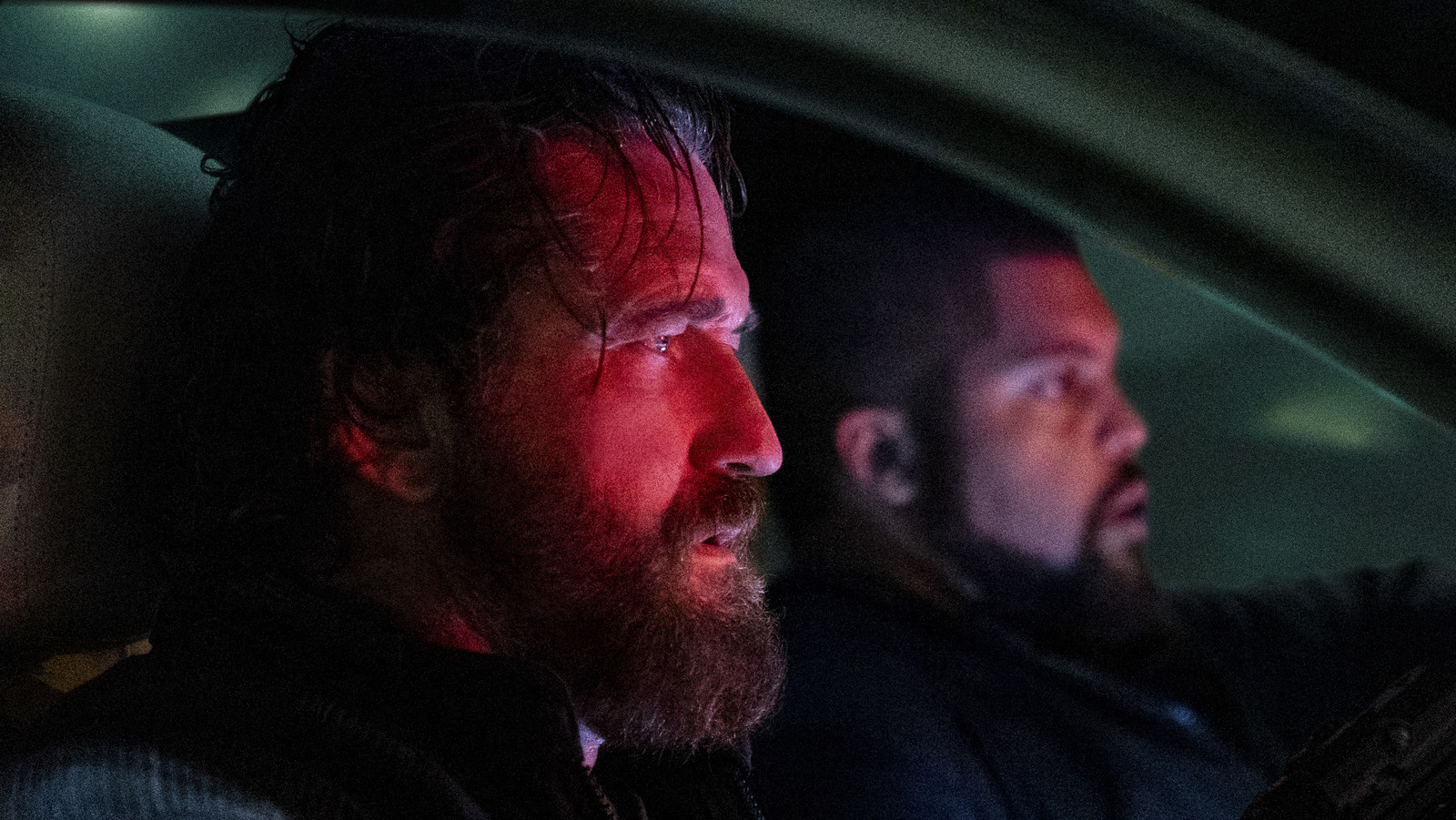
![Marvel Pits X-Men’s Storm Against One Of The Greatest Comic Book Villains Ever [Exclusive Preview]](https://synnbiob.com/wp-content/uploads/2025/01/l-intro-1736405780.jpg)
